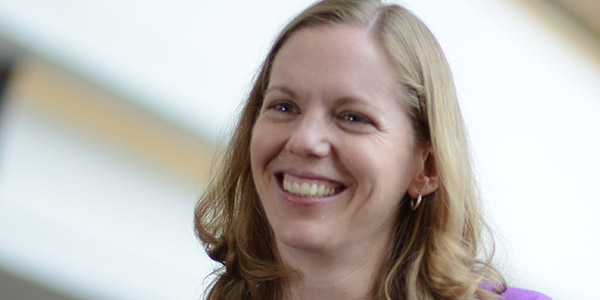
KDKA AM - EPI's Wendy King talks about what factors are contributing to people waiting to get the vaccine, lead author with CMU colleagues on a recent paper, "COVID-19 Vaccine Hesitancy among U.S. working-age adults driven by safety concerns and a lack of trust."
Vaccine hesitancy can be a refusal to be vaccinated, or also just a reluctance. For the purposes of their study, they defined it as "people who, when offered a COVID-19 vaccine today and asked if they would take it if they said 'probably not' or 'definitely not' then they were considered vaccine hesitant," said King.
"Our hope as public health professionals is that overtime, people that are vaccine hesitant now will be willing to take the vaccine. Almost half of the adults that are concerned are worried about side effects." They found that others were in a more of a 'wait and see' mode, worrying about the potential for having an adverse reaction. The study also looked at hesitancy by occupation and they found that there was particularly high hesitancy in certain occupations while others showed particularly low hesitancy.
In the education sector, as well as those in life, physical, or social sciences, the legal, computer, and mathematcial professions all showed hesitancy at less than 10% while the most hesistant - 40% or more - were construction and extraction, installation and maintenace, famring, fishing, and forestry, food prep and meat packing workers.
Listen to the interview...
5/06/2021